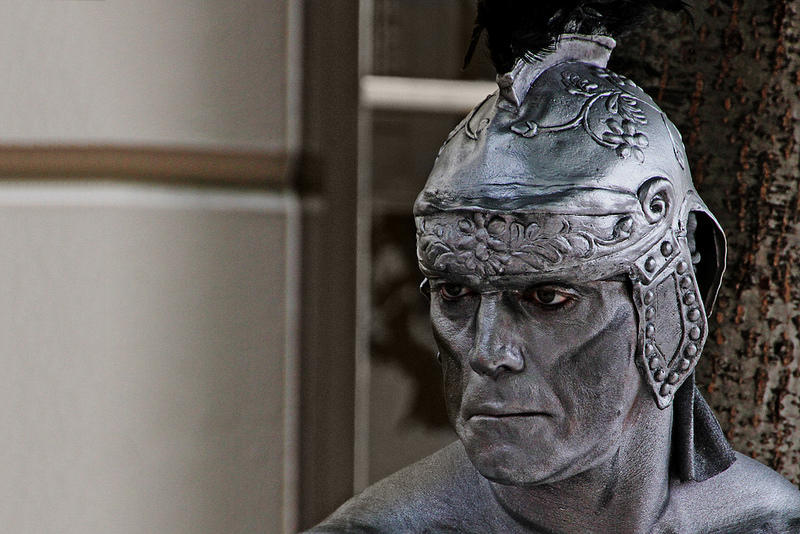The Greek and Roman Empires both gave rise to languages which still survive today. They also made a huge mark on the countries which they conquered and influenced their heritages tremendously.
Although both these empires fell, they laid the foundation for the European civilisation as we know it today.
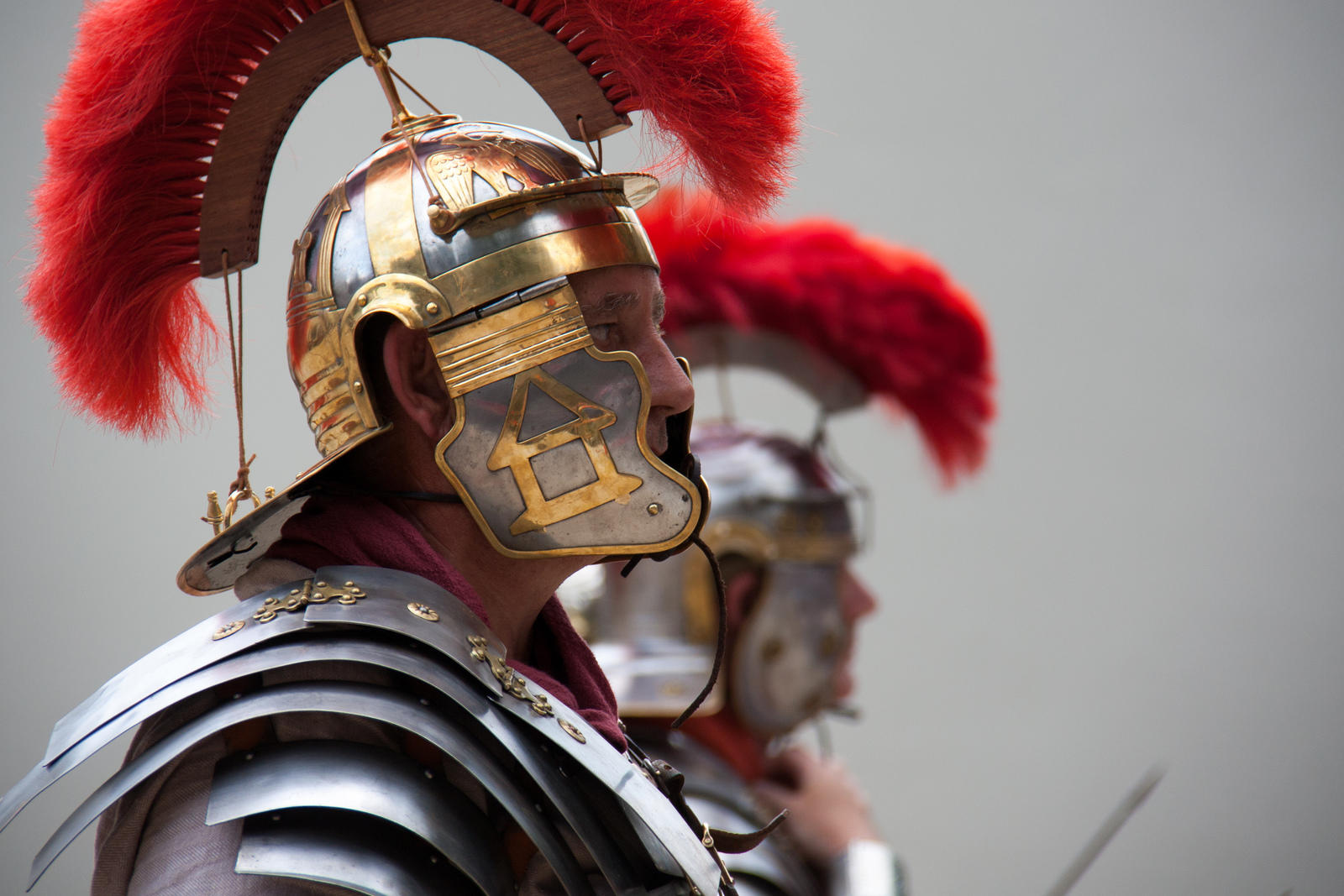
A single Superprof article would not begin to cover all of Julius Caesar’s conquests in Gaul, between 100 and 44BC, or to adequately describe how complex the lives of Roman citizens were.
If you have started studying Latin, you would, no doubt, have been exposed to Latin grammar and Latin declensions, as well as Greco-Roman culture.
This article, far from being exhaustive, will hopefully give you a fair idea of the Latin empire, Latin language history and the Roman civilisation. For purposes of this article, the Latin Empire will refer to all the lands within which the language became established and not limit itself to the Latin Empire of Constantinople, a feudal Crusader state.
Let’s get ourselves thoroughly drenched in the Roman civilisation.

Studying Latin Today
Many people, in recent times, have viewed Latin as a dead language, a subject which many shied away from studying. Declensions had to be learned by heart and repeated over and over, many times. You had to memorise lists of nouns, verbs and other vocabulary.
It is no wonder that the number of students, learning Latin, dropped significantly once the need to have studied Latin to enter Medicine or Law school, fell away early in the 20th century.
In recent times, teachers have again attempted to make learning Latin more interesting by making the process more than just a matter of learning how to read, write and speak the language.
Now, when you embark on the study of Latin, you will also find out about:
- The history of the Roman civilisation
- The laws and civic institutions of the Roman Empire
- Greco-Roman mythology and religions
- The influence of Latin on modern languages, including English
- Science and Arts
- Politics, philosophy and rhetoric.
Despite the assertion that Latin is a dead language, it lives on through its pronounced influence on languages which are as varied as Italian, French, Portuguese, Romanian and Spanish.
The Rosetta Stone, although discovered in Egypt in 1799 and engraved in Greek and two different Egyptian languages, was first translated in Latin in 1822 by Jean-Francois Champollion.
A Brief History of the Roman Civilisation
The period of the Roman Empire covers “only” 5 of the 13 centuries of Roman history.
Historians are agreed that the History of Ancient Rome covers 1229 years and that it has known three totally different political systems.
The city of Rome, according to legend, was established on the banks of the Tiber River in 753BC, by Romulus, who after defeating his brother, Remus, in a duel, named the city after himself.
The Monarchy of Rome
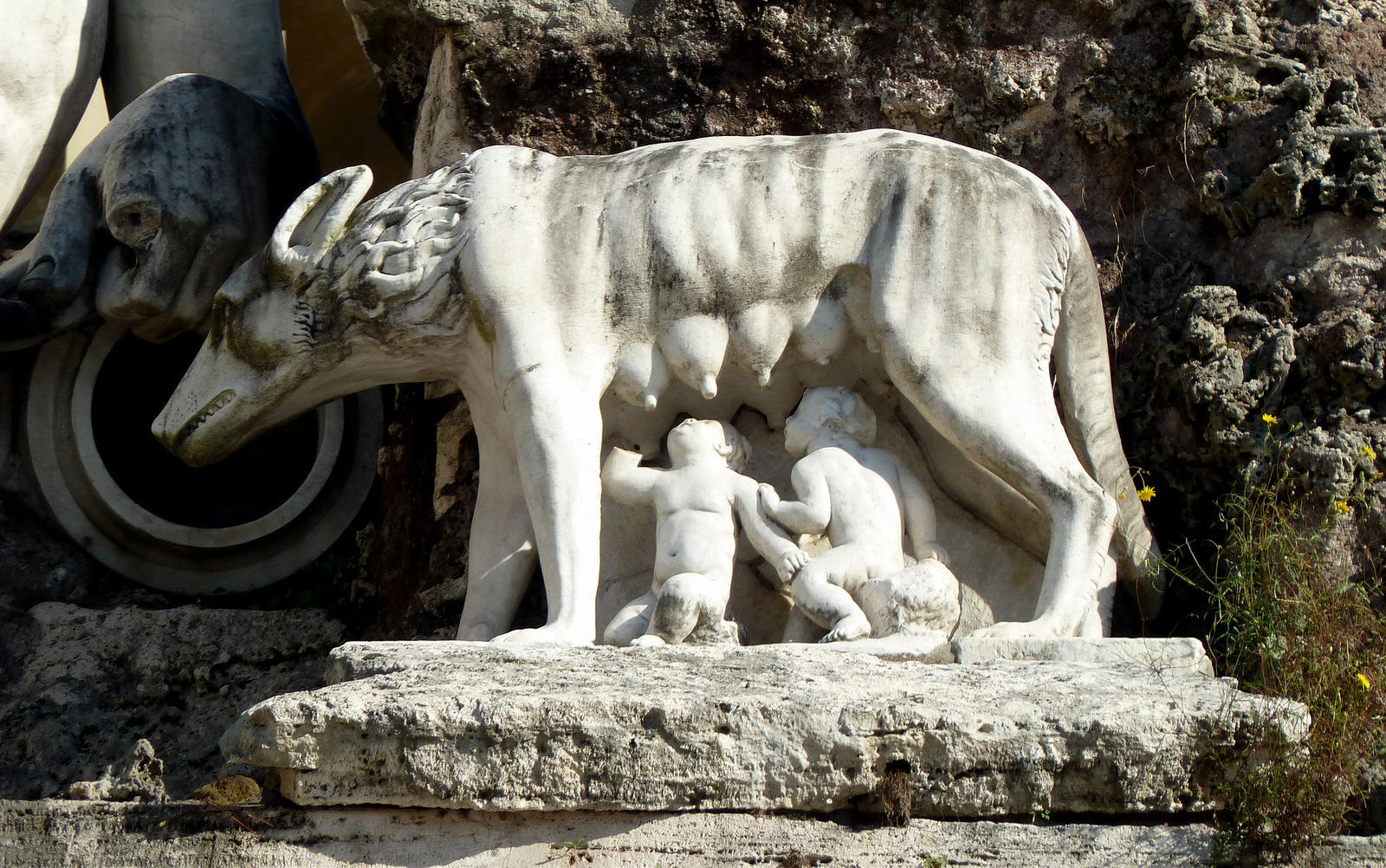
Historians have compiled a list of seven kings who have ruled Rome, although only the last three have been authenticated via legitimate sources:
- Romulus (753 – 716BC) was the founder of Rome and also created the Senate.
- Num Pompilius (715 – 671BC) created the initial Roman calendar of 12 months and crafted the first Roman laws.
- Tullus Hostilius (671 – 640BC) initiated the expansion of Rome in the Latium region.
- Ancus Marcius (640 – 616BC) established the city of Ostia, Rome’s port.
- Tarquin the Elder (616 – 578BC)
- Servius Tullius (578 – 534BC)
- Tarquin the Great (534 – 509BC)
Because the Archaic Latin used at the time was mainly continued in a verbal fashion, very few texts covering the three centuries of Roman Monarchy survived.
Yet, what we do know is that, the final three kings of Rome were Etruscans and that they made use of the Etruscan alphabet, which had grown out of the Greek alphabet.
The Republic of Rome
The Roman Republic describes the period in which the city-state of Rome existed as a republican government, from 509 B.C. to 27 B.C.
from www.nationalgeographic.org.
This republic saw many conflicts starting with the defeat of the Etruscans, who had ruled the region, and saw the Romans establish one of the first examples a democratic government in the world. Rome expanded its influence by systematically conquering, initially the rest of Italy, followed by all of the Mediterranean basin and then Gaul. Latin history is closely tied to this expansion.
To be integrated into the Roman Empire, the vanquished populations had to, for official purposes, set aside their vernacular and learn a foreign tongue, Latin.
The Greek language remained very important during this era: Virgil continued to write in Greek and Homer’s Iliad was considered a Roman masterpiece at that time.
Conversational Greek was spoken but much of the Roman elite, as it was, in many cases, taught as a first language in many noble families, explaining why many senators were bilingual.
Greek and Latin became the lingua franca, the vehicular language, across the entire Western Mediterranean basin.
According to Titus Livius, the Roman historian, because Rome was under constant attack from non-Roman (barbaric) tribes, it was decided that only a programme of territorial expansion would guarantee Rome’s safety and that of its institutions.
The Roman Empire
The Imperial era of Rome lasted from 27BC to 476AD, the year in which Rome fell.
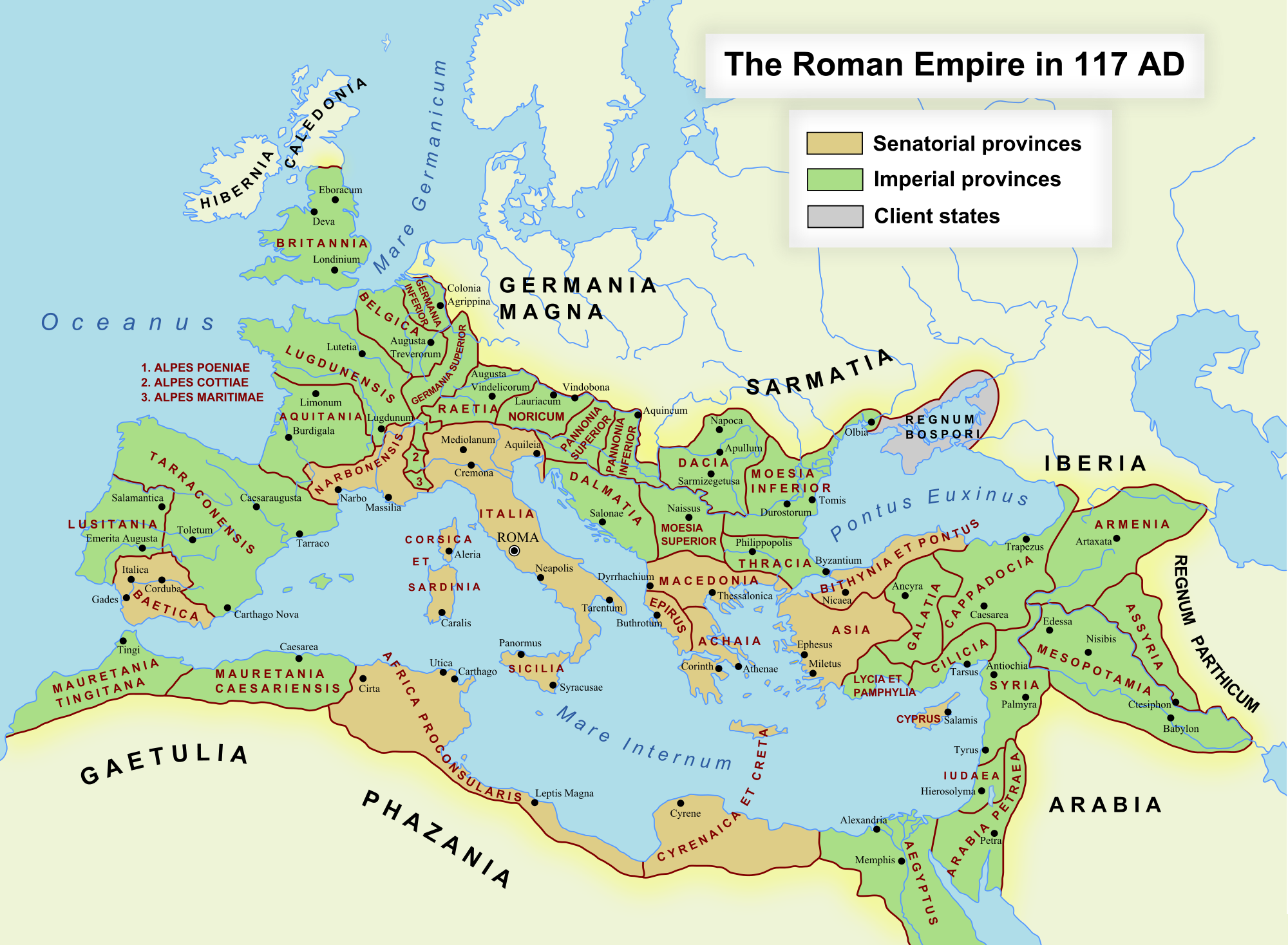
An eventful 500 years saw numerous civil wars, barbaric invasions, internal crises, political treason, slave rebellion and decadence. Despite the Roman Empire had expanded massively, this was also a troublesome period for Rome.
__________________________________________________________________________
“Veni, Vedi, Vici” is a Latin phrase famously attributed to Julius Caesar and means I came, I saw, I conquered.
__________________________________________________________________________
To complicate matters even more, Christianity started spreading soon after the coronation of Augustus, the first Roman Emperor.
Initially, Christians were persecuted, but the Emperor, Constantine I abolished this practice in 313AD and guaranteed all Christians safety in the Roman Empire.
He also erected St Peter’s Basilica, which went on to become the centre of the Catholic Church.
From the outset, newly annexed provinces were compelled to use Latin and use it as their official language of communication. Latin was the only language which schools could teach in the provinces.
Classical Latin was the preserve of philosophical texts and literature, while Vulgar Latin became the vernacular.
Both civil servants and the Roman legionnaires were instrumental in the spread of Latin amongst the indigenous populations of the Empire.
Thus, with this influence and the mixing of Latin with the local indigenous language, the Romance languages came about.
After a lengthy period of constant threat and numerous barbaric attacks, Rome fell into the hands of Odoacer, who deposed Romulus and, in 476AD, declared himself king of Italy.
Latin Culture: Roman Arts and Literature
Political theatre and liturgical songs are the oldest remnants of Latin literature. Roman literature was influenced greatly by Greek, the language and culture, which were deemed to be nobler at that time.
Many texts from the ancient world were written in Greek.
One of the first Roman writers to use Latin was Cato the Elder (234 – 149BC), who wrote poetry.
Many genres were developed in Latin literature, including rhetoric, tragedy, comedy, poetry in verse, prose and satire. They all reflected a taste for common sense and logic, as well as an interest in the law and the defence of Rome against barbaric invaders.
The great Roman minds, Cicero (106 – 43 B.C.), Plaurus (254 – 185 B.C.), Terence (190 – 159 B.C.), Lucrecius (94 – 54 B.C.) and Catulla (84 – 54 A.D.) all crafted several political texts.
The Golden Age of Latin culture, during the reign of Augustus, saw many famous writers coming to the fore, including Virgil (70 – 17 B.C.), Horace (65 – 8 B.C.) and Titus Livius (59 B.C. – 17 A.D.)
When considering Latin language history, literature became rather elitist, reserved for the intellectual elite of the Roman Empire.
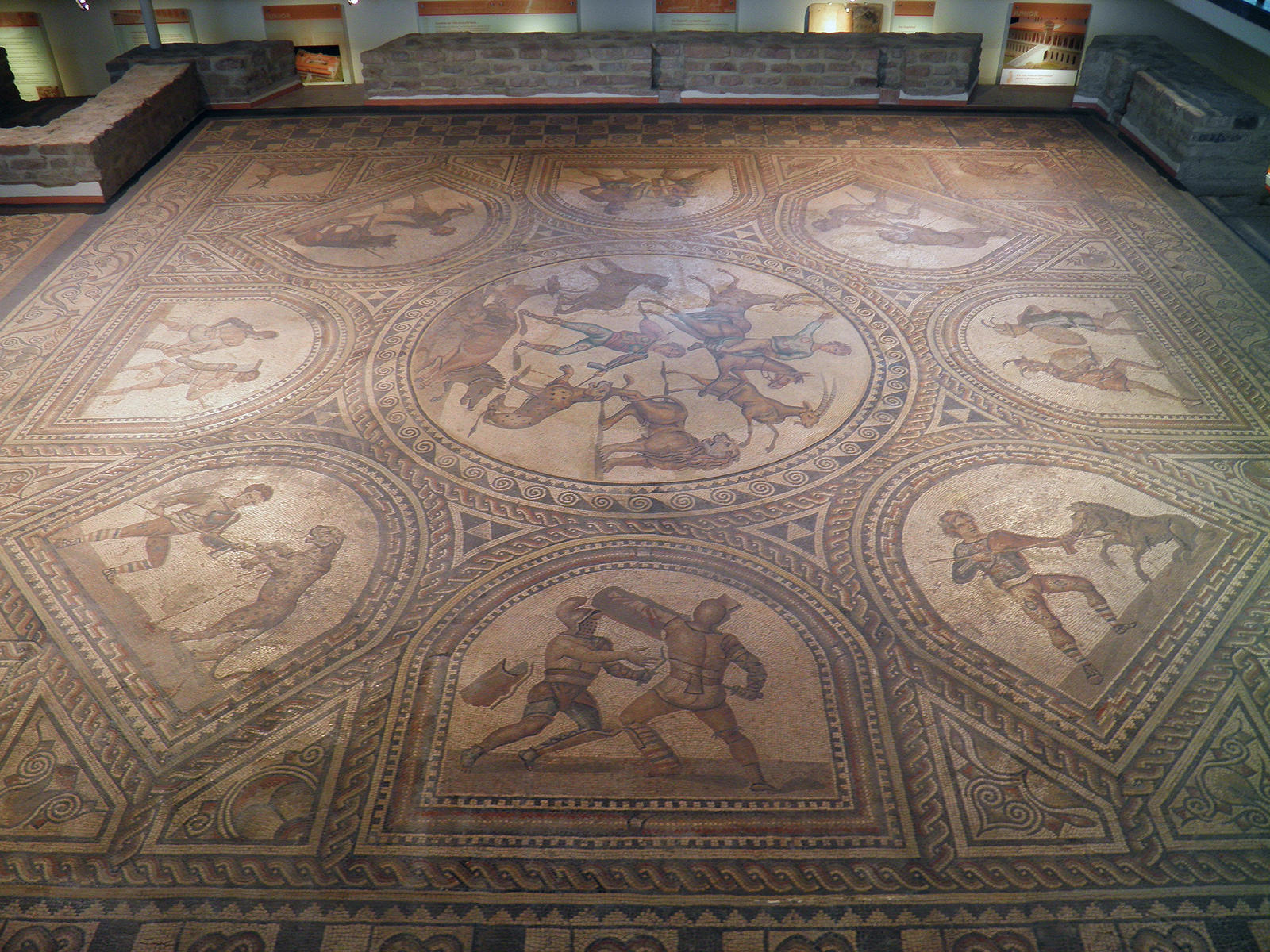
Along with literature, a number of industrial advances arose in the spheres of mosaic decoration , painting, sculpture and architecture. Etruscans, with their knowledge of sculpting impressive statues of gods, influenced these arts tremendously.
The Roman arts readily emulated other cultures, with the ancient Romans borrowing the three foremost architectural styles of the Greeks: Corinthian, Doric and Ionic.
The Roman use of arches in buildings, allowed their builders to save quite a bit of mortar and concrete. Many Roman buildings started sporting arches, a large number of which still survive today: from Britain to North Africa and from Turkey to Spain.
The Romans were technically very skilful people, as proven by many structures which still survive today: columns, forums, aqueducts, bridges, temples, public baths, arenas and palaces, along with many roads which have survived millennia.
The Romans also became masters at minting coins and the use of metal coins spread in places under Roman rule. Latium became an important artistic and cultural hub due to the production of jewellery, glass and elaborate pottery.
If you were to start a study of Latin, you would not only learn a language, but also immerse yourself in the history of a pretty awesome empire!
Don’t hesitate and find out what lies beneath English, the language you speak every day, and uncover where almost 30% of all its verbs, nouns and phrases stem from: Latin!

